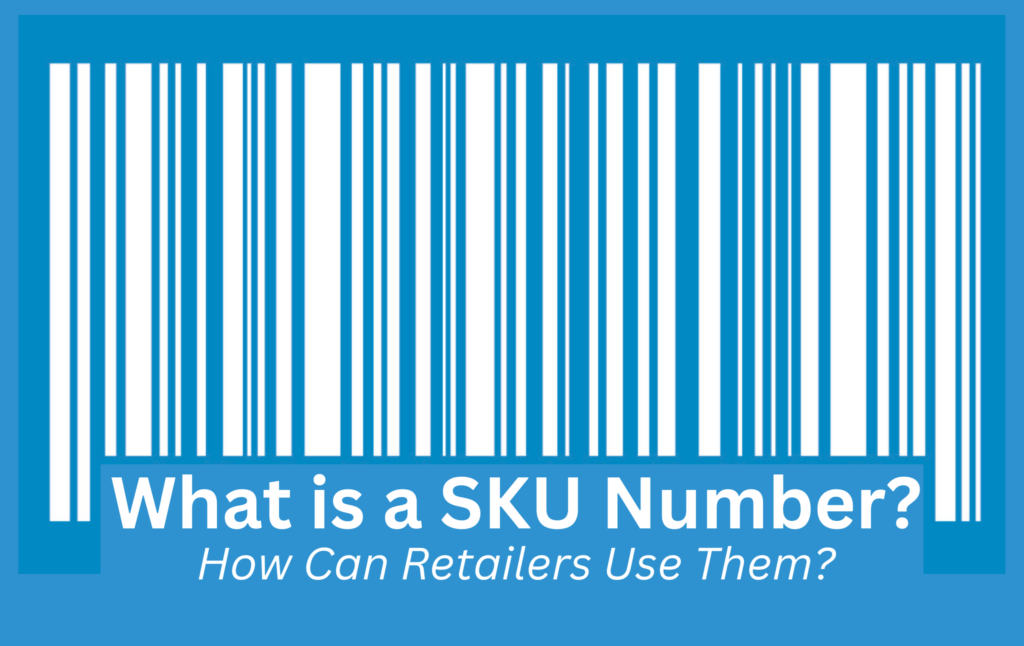
What Is An SKU Number? How Can Retailers Use Them?

SKU, which stands for Stock Keeping Unit, is a unique identifier assigned to each product that retailers use to manage their inventory, track sales, and manage logistics.
In this blog, we will delve into the definition of SKU, the importance of SKU numbers, best practices for SKU management, and how to create and implement an SKU system for your retail business.
What is an SKU Number?
An SKU number is a unique identifier assigned to each product in a retailer’s inventory.
It consists of a combination of letters and numbers that are used to track the product’s movement from the warehouse to the store shelves, as well as its sales and stock levels.
SKU numbers are used by retailers to manage their inventory, track sales, and make informed decisions about purchasing and stocking products.
Importance of SKU Numbers
The importance of SKU numbers cannot be overstated in retail inventory management.
They provide a way to track products at the individual level and offer a more detailed view of inventory levels, sales, and product performance.
SKU tracking also helps retailers optimize their inventory levels, ensuring that they always have the right amount of stock on hand to meet demand.
Best Practices for SKU Management
- When it comes to SKU management, there are several best practices that retailers should follow. First, create a consistent and logical system for assigning SKU numbers. Use a combination of letters and numbers that make sense for your products and make sure that each product has a unique SKU number.
- Second, use an inventory management system that integrates with your SKU system. This will allow you to track inventory levels, sales, and product performance in real time, making it easier to make informed decisions about purchasing and stocking products.
- Third, organize your SKU numbers in a way that makes sense for your business. Consider organizing them by product type, product category, or seasonality to make it easier to find and manage products.
Creating and Implementing an SKU System
Creating an SKU system is relatively simple, but it does require some planning and thought.
Start by defining the structure of your SKU system, including the number of digits, the characters you will use, and any special rules or requirements.
Next, assign SKU numbers to each of your products, making sure that each product has a unique SKU number.
Integrate your SKU system with your inventory management system, and use it to track inventory levels, sales, and product performance.
SKU vs UPC
While SKU and UPC (Universal Product Code) both serve to identify products, they have different purposes.
UPC codes are used to track products in the supply chain, while SKU numbers are used to track products at the individual level within a retailer’s inventory.
While they serve different purposes, they can be used in tandem to provide a more comprehensive view of a product’s performance.
Benefits of Using SKU Numbers
There are several benefits to using SKU numbers in retail inventory management.
They allow retailers to track products at the individual level, optimize inventory levels, and make informed decisions about purchasing and stocking products.
SKU numbers also provide a way to organize products and make them easier to find and manage.
In conclusion, SKU numbers are an essential tool for retailers in managing their inventory, tracking sales, and making informed decisions about purchasing and stocking products.
Singlebag SKU system provides best practices for SKU management and by implementing an SKU system that integrates with your inventory management system, you can gain a competitive advantage in the retail industry and maximize your profits.






Responses